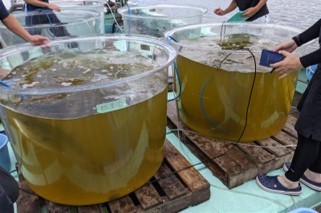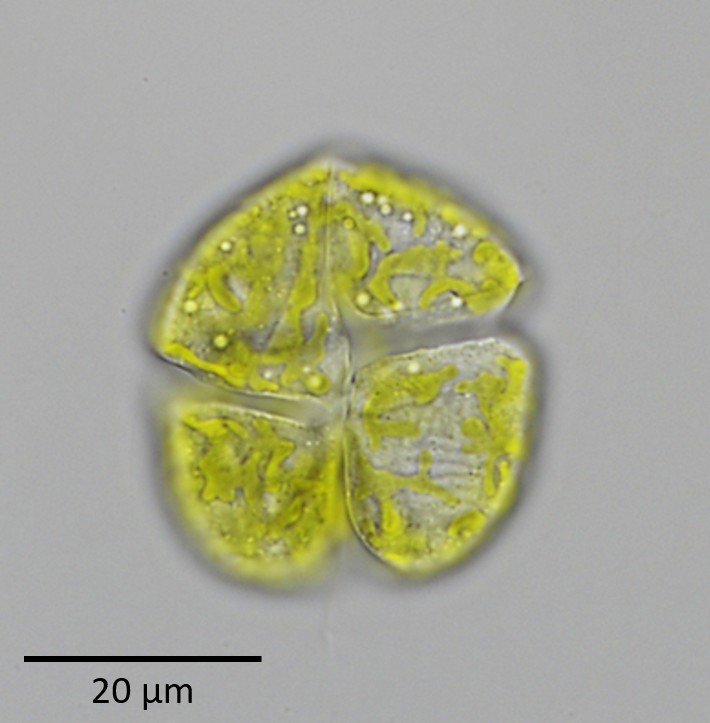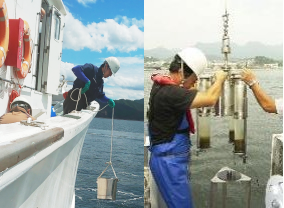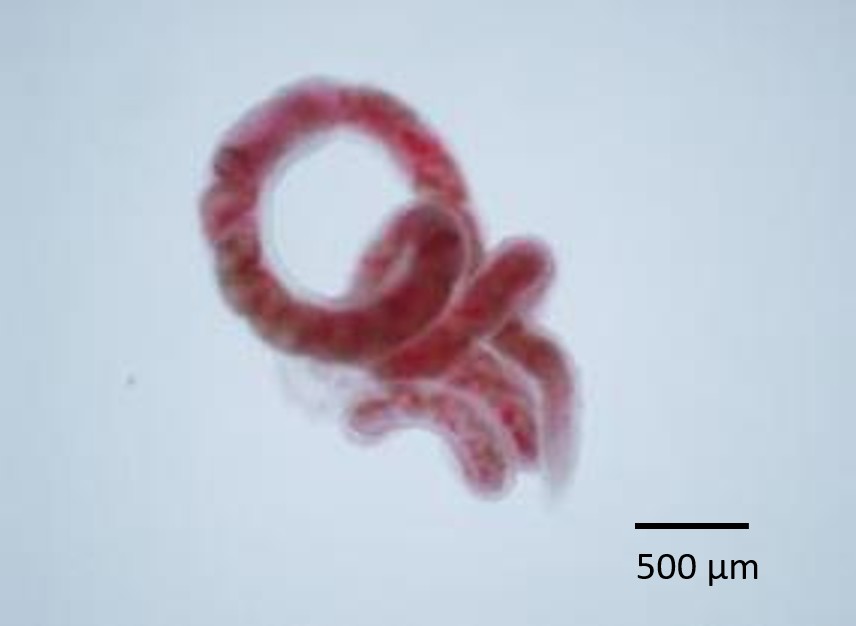Environmental Conservation Division
Coastal areas in the country are not only important as nurseries of fisheries resources but also for aquaculture production. For sustainable utilization of aquatic resources, understanding these coastal s essential for conservation.
The Environmental Conversation Division is committed to conduct research in coastal areas for the following reasons: (1) forecast outbreak of harmful algal blooms (HABs) and shellfish poisoning; (2) develop techniques to mitigate the damage caused by HABs on fisheries production and elucidate mechanisms of fish and shellfish killing; (3) investigate occurrence of anthropogenic chemicals in coastal areas and evaluate their potential risks on aquatic resources; and (4) develop techniques to remediate polluted sediments and conserve coastal environments.
The Environmental Conservation Division comprises the Harmful Algal Blooms Group and the Environmental Chemistry and Ecotoxicology Group.
Harmful Algal Blooms Group
Some harmful plankton species occasionally damage aquaculture and natural fisheries resources severely through red tides and the accumulation of algal toxins. To protect coastal environments, the Harmful Algal Blooms Group studies the ecophysiology and toxicity of harmful algae and develops techniques to predict harmful algal blooms and reduce the consequent damage to fisheries.
Environmental Chemistry and Ecotoxicology Group
Anthropogenic chemicals released into coastal areas occasionally threaten resident organisms. The Environmental Chemistry and Ecotoxicology Group conducts ecological risk assessments of chemicals and develops techniques to remediate polluted sediment to maintain healthy coastal environments. Furthermore, the group launched a project to evaluate the effects of microplastics on marine organisms, including phytoplankton, crustaceans, and fish.




having a bioremediation potential.


